Preface 2023
Preface – magazine 2023 A contemporary magazine feeds upon dynamism and vigour. It instantly perceives the inputs deriving from the readers and evolves, offering its best at...
Preface – magazine 2023 A contemporary magazine feeds upon dynamism and vigour. It instantly perceives the inputs deriving from the readers and evolves, offering its best at...
The use of national cuisine and typical local products has always been a powerful tool of cultural diplomacy to improve the country’s image and increase its influence and...
“He possessed great talent at painting flowers and figures”. It seems an obvious statement for our times, but the famous phrase, attributed to Caravaggio, overturned...
CLIMBING THE SKY IN HEALTH The great humanist philosopher Marsilio Ficino, whose Academy ennobled Florentine culture in the Laurentian era, had a special relationship with food....
We have spent the quarantine with our hands in the dough and we know more about yeast and flour. We now want to take a small trip to discover the “good smell” in...
In early June, more than 2300 years will have passed since the death of Alexander the Great; in fact, the Macedonian king died in 323 B.C., at 32, after a very short illness. The...
At the port of Livorno, no one had noticed the rustling of that bulky cloak. Blessed by the most desiring stars, the curved shape of Settimontano Squilla was embarking on a...
Interview with Dr Enrico Chiavacci, Marketing Director at Marchesi Antinori. In the time of Covid-19. A distanced interview with Dr Enrico Chiavacci, Marketing Director at...
An encounter with the agronomist Sonia Donati The clear blue sky, the approaching spring light and the vision of Florence from the rooftop bar where we meet: it all looks like a...
A Sicilian story Every Friday, I have dinner with tuna salad. For years now. This weekly ritual also carries a previous phase: the purchase of cans, caskets of fish. I’m not...
An encounter with Paolo Baracchino Excellent wine critic “I hate wood. I hate the overloading feeling of wood, which must be of help in the blend and not hide any...
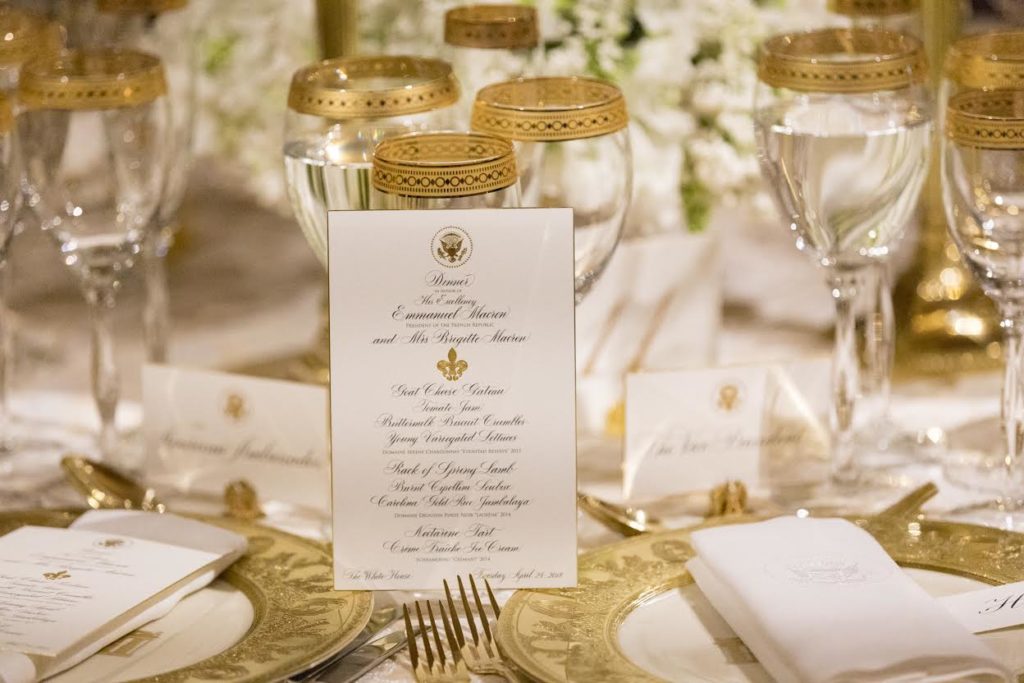
The use of national cuisine and typical local products has always been a powerful tool of cultural diplomacy to improve the country’s image and increase its influence and reputation globally. In this article, we will retrace some of the best-known gastro-diplomacy initiatives in the region where it originated, namely the Far East.
This is what the French Minister of Foreign Affairs, Charles Maurice de Talleyrand, said to Napoleon. He understood that the delicacies of French cuisine could become a fundamental feature in the achievement of diplomatic successes and strengthen the relations among the European governments, for the benefit of France at the beginning of the 19th century. The French diplomat was certainly not a precursor of the concept. In ancient times, Aristotle himself discussed the importance of collective meals during meetings between ambassadors of rival poleis to establish a bond of solidarity and proximity, which imitated those of a family environment. However, especially with the advent of modern chancelleries, culinary art has assumed a fundamental and structured role in the diplomatic sphere to improve the country’s brand in the global scenario and positively influence the perception of that country in the foreign public opinion. For those countries that excel in the matter, the cuisine is nowadays one of the main instruments of soft power: this is particularly true for Italy, where – thanks also to our ability to spread the Italian taste in every corner of the world – our cuisine is by far the country’s main promotion factor internationally. Although tradition and attention in the use of food are deeply rooted in the history of international relations, there has been a revitalization of the practice worldwide, in recent decades, accompanied by a diversification of the concept and an increase of the universal awareness of its potential. Several countries have launched official campaigns to promote their gastronomy abroad. Studies in the field of gastro-diplomacy have rapidly multiplied, not just academically but also institutionally.
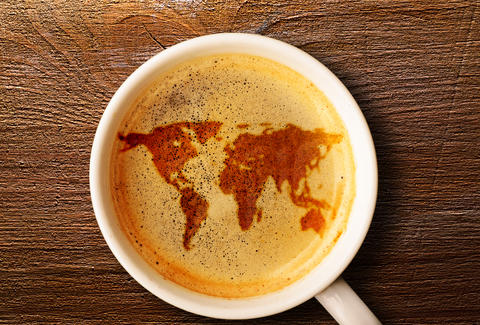
Recent industry research has insisted on differentiating the two concepts, however similar they may seem. Sam Chapple-Sokol is one of the leading researchers on the topic who has worked for numerous North American universities. He has defined culinary diplomacy as the use of food to foster intercultural understanding, improve relationships between state subjects and consequently strengthen international cooperation. Within this generic definition, we can classify three basic pillars: private culinary diplomacy, public culinary diplomacy and lastly gastro-diplomacy. The first occurs in closed-door meetings, between government representatives and representatives of foreign countries, to promote and improve diplomatic relations on bilateral or multilateral levels, as well as during state dinners. In the second, institutional actors do not play an essential role, since citizens charge themselves, indirectly, with promoting national gastronomy in foreign societies thanks to their economic or philanthropic activities. They have no professed aim of promoting good relations between countries. Finally, as regards to gastro-diplomacy, it was born in the early 2000s in the Far East, specifically in Thailand. Gastro-diplomacy lies within public diplomacy as part of cultural diplomacy. It aims at exerting an indirect influence on other states, employing national cuisine as an instrument of penetration in foreign societies to support a deeper knowledge of one’s national culture – where culinary art serves as a fundamental feature – and stimulate a positive interest in the country as a whole. In other words, with gastro-diplomacy, state institutions use the country’s traditional and most representative food as a tangible manifestation of their culture out of national borders, to better its familiarity and perception abroad
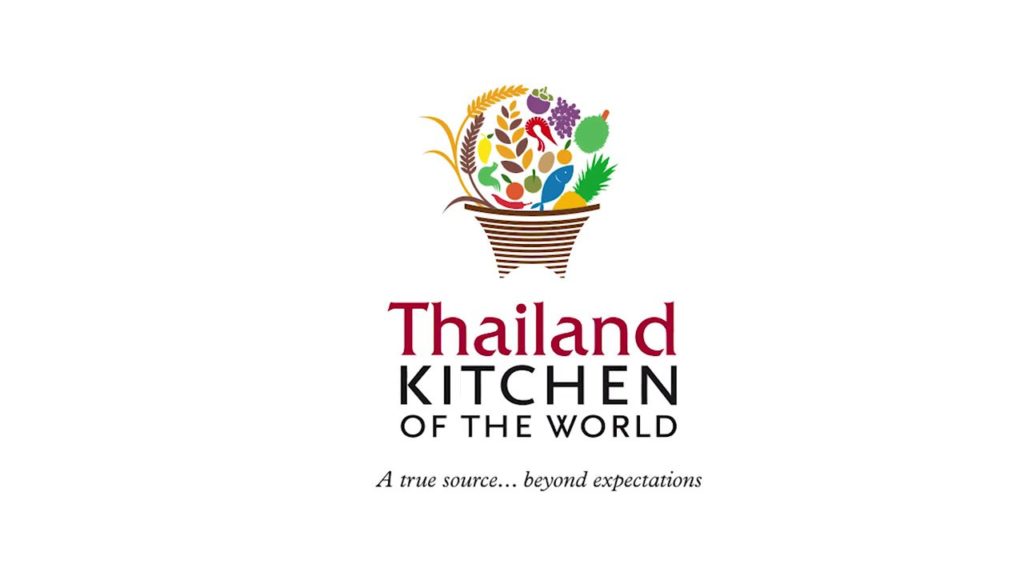
The first country to adopt a gastro-diplomacy operation was Thailand. The government of Thailand has aimed to increase the number of Thai restaurants in the world. They launched the Global Thai initiative in 2002 in support of local products exportation, to incentivize hiring Thai chefs abroad and facilitate credit access to back up the opening of new restaurant activities abroad. Thanks to these various measures, the country has set its goals: promote its culture and relaunch Thailand’s image on a global scale, widely only perceived as the main destination for sex tourism. A second campaign followed this initiative, with the release of the “made in Thailand” certificate to classify those restaurants abroad that met the quality standards typical of the Thai culinary tradition. Thailand’s gastro-diplomacy has proven to be a success. According to official figures, from around 5,500 restaurants opened abroad in 2002, 9,000 opened in 2006 up to 13,000 in 2009. Beyond the numbers, almost twenty years after, it is undeniable that Thai cuisine is among the best-known and appreciated Asian cuisines in Europe and North America. As Thailand’s example shows, this system of increasing international awareness of the national gastronomic heritage is part of a more complex soft-power strategy, aimed at enhancing its reputation on a global scale. In this sense, the projecting of a specific self-image on the outside presupposes the creation of a real cultural brand, spendable in modern foreign countries. Therefore, it should come as no surprise that the valid results this “tasty” form of diplomacy manages to guarantee, have made it a favourable ground for those countries with fewer resources to obtain greater visibility on the world stage. Those who have decided to opt for gastro-diplomacy are largely medium-sized powers or, in any case, countries that desire to obtain an enhanced international status and achieve potential benefits from abroad, investments or mass tourism.
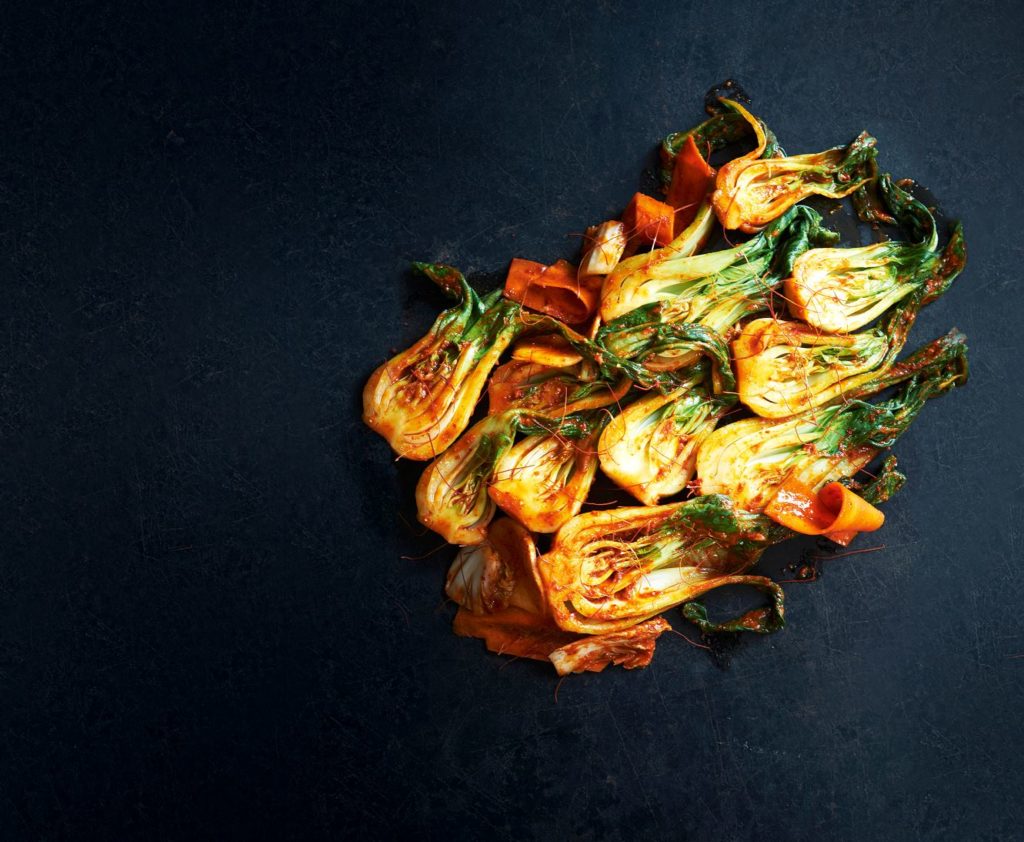
The success of the Thai model has prompted many other countries in the Asian region to take similar initiatives to improve their perception and reputation in the world. This is the case of South Korea, which, in 2009, launched the Korean Cuisine to the World campaign – estimated at some 44 million dollars – to increase substantially the number of South Korean restaurants abroad and thus spread its national cuisine the other countries. Unlike Thailand’s government plan, Seoul’s initiative also involved the official promotion of South Korean cooking courses inside famous international schools, such as the Culinary Institute of America in New York or Le Cordon Bleu in Paris. They assigned scholarships for students specializing in the national cuisine, in schools and gastronomic fairs. Besides, with the Ministry for Food, Agriculture, Forestry and Fisheries direct support, the project gave life to the Korean Food Promotion Institution, in 2010, and the World Institute of Kimchi to promote research, development and innovation of South Korean’s typical dish par excellence, recognized, in 2013, as intangible cultural heritage by UNESCO. For example, in the United States, the South Korean community took advantage of the government initiative and the resulting success of Korean food in the country. They further spread it and even transformed it, making it more popular and accessible to American taste. This led to the creation of Kogi tacos, or Korean tacos, nowadays very popular street food in the USA.
The former President of the Republic of China Ma Ying-jeou considered a political priority for his country to raise awareness of the culinary tradition of the island of Taiwan in the world. For two reasons. On the one hand, there was a desire to change the perception that Taiwan was little more than one of the world’s mass production labs; on the other, food was a way to stand out from its close and historical antagonist, namely the People’s Republic of China. After the defeat of the nationalists in the Chinese Civil War in 1949, Taiwan’s government has always claimed its autonomy and independence from China, effectively exercising political, economic and military autonomous sovereignty over the territory and surrounding waters of the island of Formosa. For Taiwan, formally recognized in 2020 only by fifteen states, in recent years, it has become essential to employ less conventional tools to establish and strengthen links with the world. In this sense, the adoption of a gastro-diplomacy policy has represented another “ingredient” in its search for visibility and international recognition. For its peculiar status on the global scene, Taipei launched the All in Good Taste: Savour the Flavours of Taiwan initiative in 2010, worth approximately $ 34 million. It aimed to expand the number of Taiwanese restaurants activities around the world, organize gastronomic events with a focus on national gastronomy, finance the participation of local chefs in prestigious international competitions, and open stands to serve Taiwanese aperitifs in the main civil airports in Asia. In addition to setting up a public culinary think tank, Taiwan has also focused heavily on the official promotion of specific economic activities, including the 85°C Bakery Café, popularly known as the “Asian Starbucks”. In general, Taiwan’s case represents the best example of the promotion and export of one’s culinary art for reasons strictly related to the sphere of international politics. In other words, to use the success of its gastronomic culture to obtain greater influence on the international arena and support for its causes.
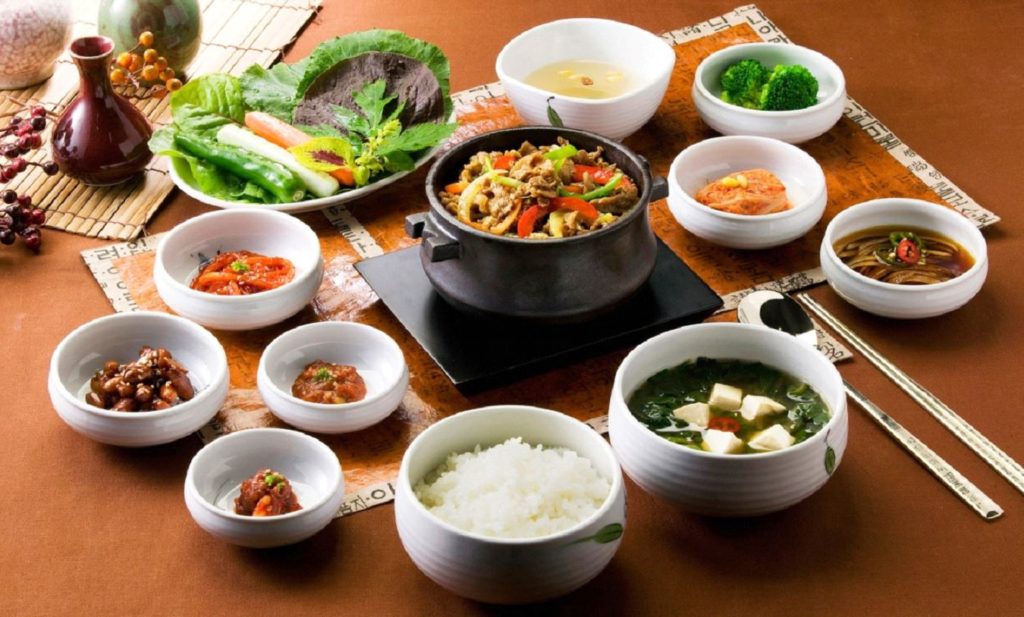
Southeast Asia is the region that embraces most of the countries that have heavily invested in the international promotion of their respective gastronomies for diplomatic purposes. Health, diversity, exoticism, respect for the environment, beauty and cultural heritage are some of the main “ingredients” of the various gastro-diplomacy initiatives adopted by the countries of the region, all united by the search to establish an emotional bond with foreign consumers. However, beyond the narrative and the captivating images that stimulate our appetite, the promotional repertoire is usually quite large and diverse. The governments’ actions to promote the national brand are the organization of events, inside and outside national borders, the recruitment of opinion leaders, the recognition by prestigious institutions, such as UNESCO, and the advance of culinary education through training courses and scientific journals publications. We should also underline that, although the campaigns are aimed at a foreign public, these initiatives also achieve the objective of contributing to the local economy, through trade, remittances and the tourism they attract. They, furthermore, push the national communities abroad to continue privately public initiatives to promote local gastronomy. Southeast Asia was not the only geographic region active in this area of cultural diplomacy. Other states that have recently invested in gastro-diplomacy in the Asian continent are Australia, China, Japan and Malaysia. In the latter county, the first gastro-diplomatic efforts date back to 2006, intended largely for the Muslim world, with the long-term goal of making the country a world centre of hall cuisine, namely food prepared according to the Islamic law rules. In 2010, the government of Malaysia launched the Malaysia Kitchen for the World campaign with determination, which helped finance new Malaysian restaurants in the West and send renowned local chefs to international fairs and events. Although Japanese cuisine was already extremely widespread regardless of any gastro-diplomatic initiative, in 2007, Japan still distinguished itself establishing the Organization to Promote Japanese Restaurants Abroad. This has helped to open offices in many cities around the world, such as Amsterdam, Bangkok, London, Los Angeles, Paris, Shanghai and Taipei, and contribute to the academic diffusion of Japanese cuisine in foreign markets, strengthening its soft power. The public and private promotion of Japanese gastronomy have thus allowed it to obtain the recognition of UNESCO intangible cultural heritage in 2013.
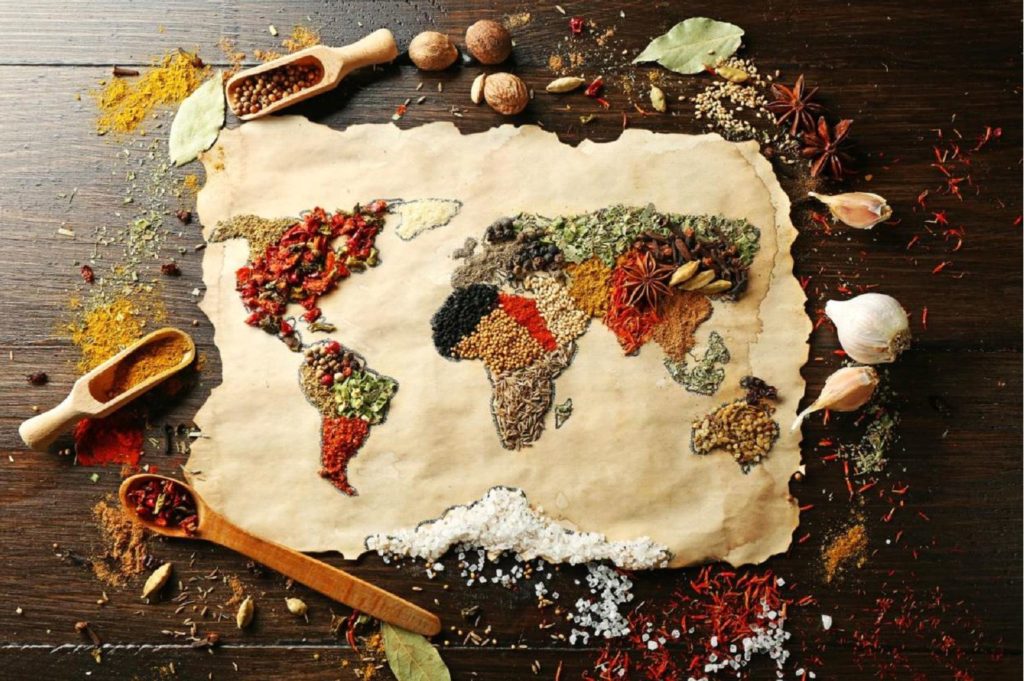
Since the early 2000s, the cultural diplomacy strategies of many Asian countries have incorporated gastronomy to improve their image in the international collective imagination and implement new diplomatic relations. They were a series of national initiatives – often in competition – that generally and inevitably brought within swift globalization of Asian cuisine. After all, food is one of the most powerful tools that bring people together at the table. It facilitates their interaction and mutual knowledge. It mainly stimulates taste, smell and sight, and international diplomacy has understood how to exploit these sensorial components of food for purposes that transcend the mere culinary art and pleasure. Although still very recent, and in some ways still in an experimental phase, the gastro-diplomacy adopted in the Far East has proven to be an effective and convenient international projection method. Especially for those countries that lack great resources to exercise other forms of traditional diplomacy more vigorously. Therefore, it is reasonable to believe that more and more states in other parts of the globe will add a strong gastronomic component to their cultural diplomacy strategy. Under the universality of food and the consolidated trend of food globalization, these initiatives will at once satisfy the palates and seduce the intentions of foreign companies and governments, to their advantage. Likewise, these public initiatives often end up being an incentive to strengthen private actions, mainly of the expatriate national communities, which play an essential role in the diversification and development of the promotion strategy and in encouraging the national cultural brand.
LUCA GALANTINI & MARCO MALDERA